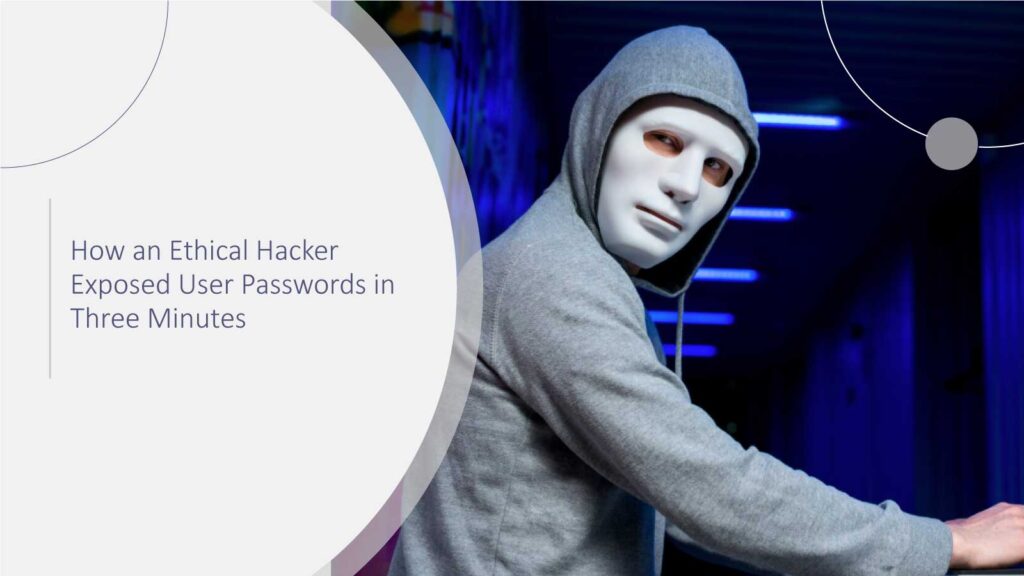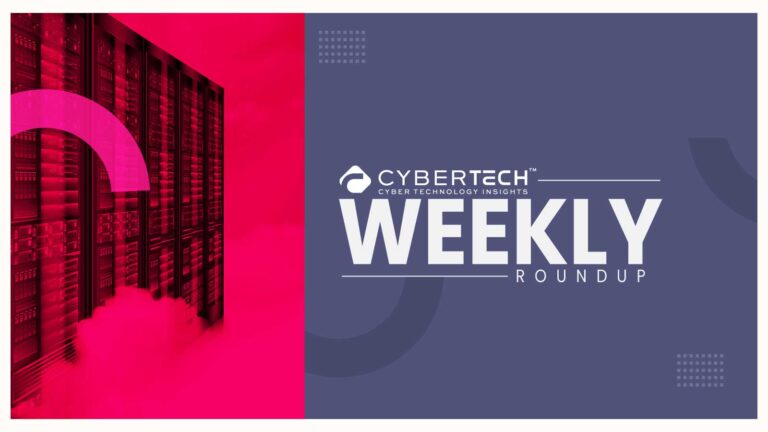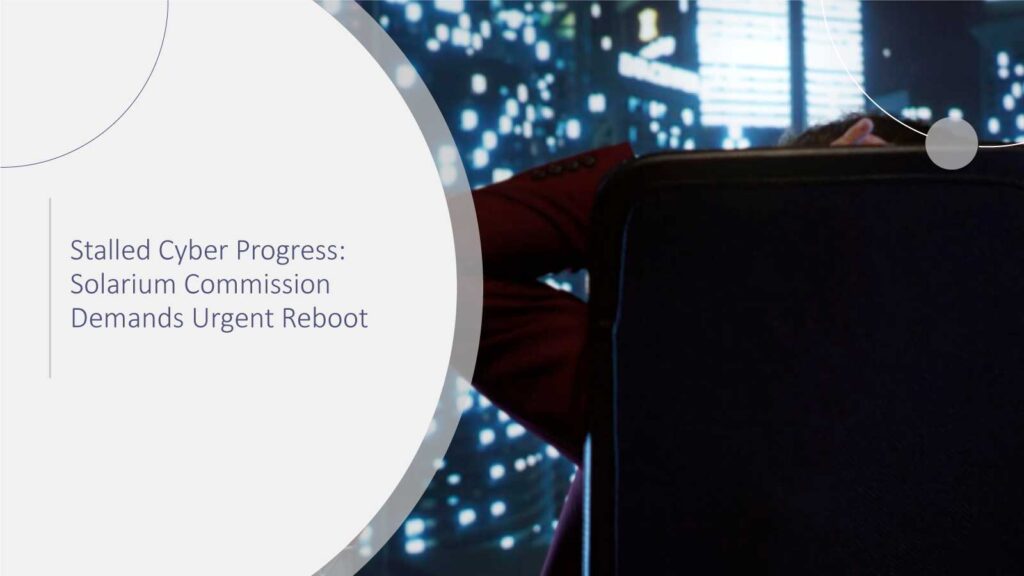Off the record and with full legal and ethical rights, an ethical hacker displayed user passwords that were obtained in no more than three minutes. It’s not that the hackers just boasted-they are highlighting a situation where exposed credential datasets, automation, and weak defenses can combine quite well. End-user global spending on information security is projected to reach USD 183 billion in 2024, with a compound annual growth rate (CAGR) of 11.7% from 2023 to 2028. In simple terms, they need to report the story, the impact, and the instant measures that can be taken to protect systems and users, to those busy professionals and tech enthusiasts scheduling their time. According to Gartner’s 2024 Identity Threat Landscape Report, over 80% of successful breaches now involve compromised credentials.
The 180-Second Demonstration: What It Was and Why It Resonates
For the experimental work, the white-hat hacker who committed this cybercrime mixed the leaked credentials databases with the automated logins of the accounts that were within the scope. Basically:
Reconnaissance & credential collection – Get some usernames and passwords (or partial pairs) from the public breach datasets.
Automated trial execution – On the targeted login endpoints, try to log in with the found credential pairs at a large number of accounts.
Fast validation & detection – Immediately identify the accounts that have the correct credentials in real time.
The tester was able to get access in about three minutes because of the favorable conditions – credential reuse, weak throttling, and insufficient anomaly monitoring. That time is not insignificant. It compels organizations to realize that they do not have the luxury of time when they have weak identity controls.
What is striking from the risk perspective is that this is a systemic problem: identity is the polemical ground of the modern security-demanding landscape. In most breaches, attackers resort to credential-based methods right from the start instead of using technical zero-day exploits.
How It Worked: Behind the Scenes
Reconnaissance & credential sourcing
Usually, the starting point of the process is data. Among others, leaked credential repositories that are partly compromised, some aggregated over several years, are excellent resources. Implementing attackers can combine patterns (e.g., firstname.lastname@domain) with the most likely passwords from which these are set. Reusing passwords across systems increases users’ vulnerability proportionally.
Automation & speed
The power of automation is extended to a broader audience. For example, if credential-testing platforms or scripts run millions of login attempts in just a few seconds, then one of the factors that counts the most is speed. The situation is being assisted by the following main factors:
- Almost no throttling or rate limiting on the login interface
- Typical password choices, which were mostly derived from breach-derived lists
- The absence of detection rules that advanced technology has caused due to login floods is not being noticed.
As a result of these conditions, the so-called “fast lane” for credential stuffing is being created. There are times when all elements are combined, and then alignment is done for only a few minutes.
Why Three Minutes Is Enough – Systemic Root Causes
This example can convey the message so quickly that it points to the structural gaps that are still there:
Reusing passwords is a widespread practice – Users, who are many, use the same password for both their personal and corporate accounts, a nd thus breached data becomes transferable from service to service.
Significant reliance on password-only authentication – Some systems still consider password entry as the only necessary.
Automated defenses that are weak or missing – If there is no rate limiting, anomaly tracking, or adaptive control, then login endpoints are just targets waiting to be hit.
Lack of enough visibility and response – It is possible that logs exist, but that alerts or real-time reactions are not calibrated enough to detect credential flooding.
New data from the field confirms this line of attack vector: the number of reports from major security firms identifying identity-based attacks as the most common has only increased lately, while leaked credential datasets are already numbering in the billions, thus reusing passwords is becoming more and more risky. IBM’s 2024 “Cost of a Data Breach” report estimates that breaches initiated with stolen credentials cost organizations $4.7 million on average, compared to $3.6 million for other vectors.
What You Can Do – Prioritized Steps for Busy Professionals
There is no need to change totally overnight. First, focus on the high-impact, localizable controls.
1. Make MFA non-optional for every external access
This is your most effective short-term result. Implement the rule that multi-factor authentication (MFA) is mandatory for the use of any interface accessible from the internet. It works as the main barrier in most credential stuffing campaigns. Microsoft research shows MFA can block over 99% of automated account compromise attempts.
2. Identity systems should integrate credential breach blocking
Make sure that the systems created to verify identities in the future will check the passwords that have just been formed or changed against a list of compromised passwords that have been publicly disclosed. If a password is already in one of these leaked datasets, do not allow it to be used.
3. Add SSO with conditional access to centrally manage authentication
A present-day identity authenticator that keeps track of the state of the device, location of the user, and risk associated, shall be employed.
4. Use methods such as rate limiting or CAPTCHA to restrict access
Slow the process down for hackers by restricting the number of failed login attempts and by including obstacles that attackers will encounter when the activity is of high volume.
5. Progressively switch over to passwordless (e.g., passkeys, FIDO2)
If reasonable, utilize the means of authentication that totally do away with the shared secrets and are impervious to replay or stuffing attacks.
6. Become a member of the credential-monitoring feed and automate the response
Breach data monitoring services are instrumental in helping organizations stay on top of the security situation. When they detect that credentials associated with your domain appear in external databases, they automatically trigger password resets to help protect your account.
7. Avoid admin consoles being exposed externally
Prevent administrative control interfaces from being directly reachable by external actors through SSO, VPNs, or zero-trust boundaries.
8. Conduct red-team or penetration tests regularly and with consent
Let the experienced testers copy the intruders’ conduct, but they must do it under the real conditions of the system. Their results will either confirm or dispute your assumed defenses.
It is important to keep in mind that these controls are implemented progressively, which makes it harder and more expensive for a hacker to achieve the same three-minute outcome. McKinsey estimates the total addressable market for cybersecurity technology and services could reach USD 1.5 to 2.0 trillion globally, suggesting strong demand for identity, detection, and protection solutions.
The Value of Ethical Hacking (When Properly Constrained)
Ethical hacking offers a controlled and evidence-based understanding of how a malicious actor might be successful. When done in a properly negotiated scope and with the right authorization, it exposes removed design defects, misconfigurations, as well as unpredicted weaknesses.
Best practices to maximize the benefits and minimize the risks:
- Testing should only be conducted after getting written and explicit permission.
- Boundaries and goals must be clearly defined.
- Only hire qualified and experienced professionals to carry out the testing.
- Make reports on possible solution actions a requirement.
- Be open and communicate your results (to the right stakeholders).
It is not a disaster-controlled test, which demonstrates how the breach was recreated in three minutes; rather, it’s an alarm call. It’s better to find out the flaw present in such a test than in a real breach.
Recommended: Hackers Steal Millions of Customer Records from Kering’s Luxury Labels
Conclusion: Three Minutes Demands Urgent, Measurable Action
This action exposes the central point that combinations of automation, credential leakage, weak defenses, and predictable behavior lead to rapid access. However, this also means that defenders have clear, practical steps to interrupt this flow.
By implementing these measures of highest priority – MFA enforcement, blocking of compromised passwords, limiting login attempts, centralizing identity and adapting access, subscribing to breach feeds, and carrying out tests – you transform a startling demo into a risk reduction program that is solvable and measurable.
FAQs
Q1: Could a very short hack be possible in the real world?
Of course, a short time of three minutes is quite achievable if there are security vulnerabilities, such as no multi-factor authentication, weak throttling, and reused passwords, in particular, for externally accessible systems.
Q2: Does MFA make hacked credentials the sole attack vector?
Definitely no, control is not perfect. However, MFA is a very difficult obstacle for attackers and thus, it is the most likely reason why credential stuffing campaigns terminate so fast.
Q3: Will passwords be completely abandoned in the future?
Probably the best option is going passwordless, but it will still take a long time until such a case is implemented in all places. In cases where it is not possible, one should always remember to use strong multifactor authentication and keep the password safe.
Q4: What is the response time to be set if domain credentials are found in breach feeds?
Immediately. The majority of organizations set the requirement for password changes to occur within a couple of hours after receiving the alert to the breach to limit the duration of exposure.
Q5: How often should ethical hackers or red team exercises be scheduled at your organization?
One full red-team exercise at least once a year; for the areas at high risk, such as authentication and admin access, the minimum recommendation is quarterly assessments.
For deeper insights on agentic AI governance, identity controls, and real‑world breach data, visit Cyber Tech Insights.
To participate in upcoming interviews, please reach out to our CyberTech Media Room at sudipto@intentamplify.com.






